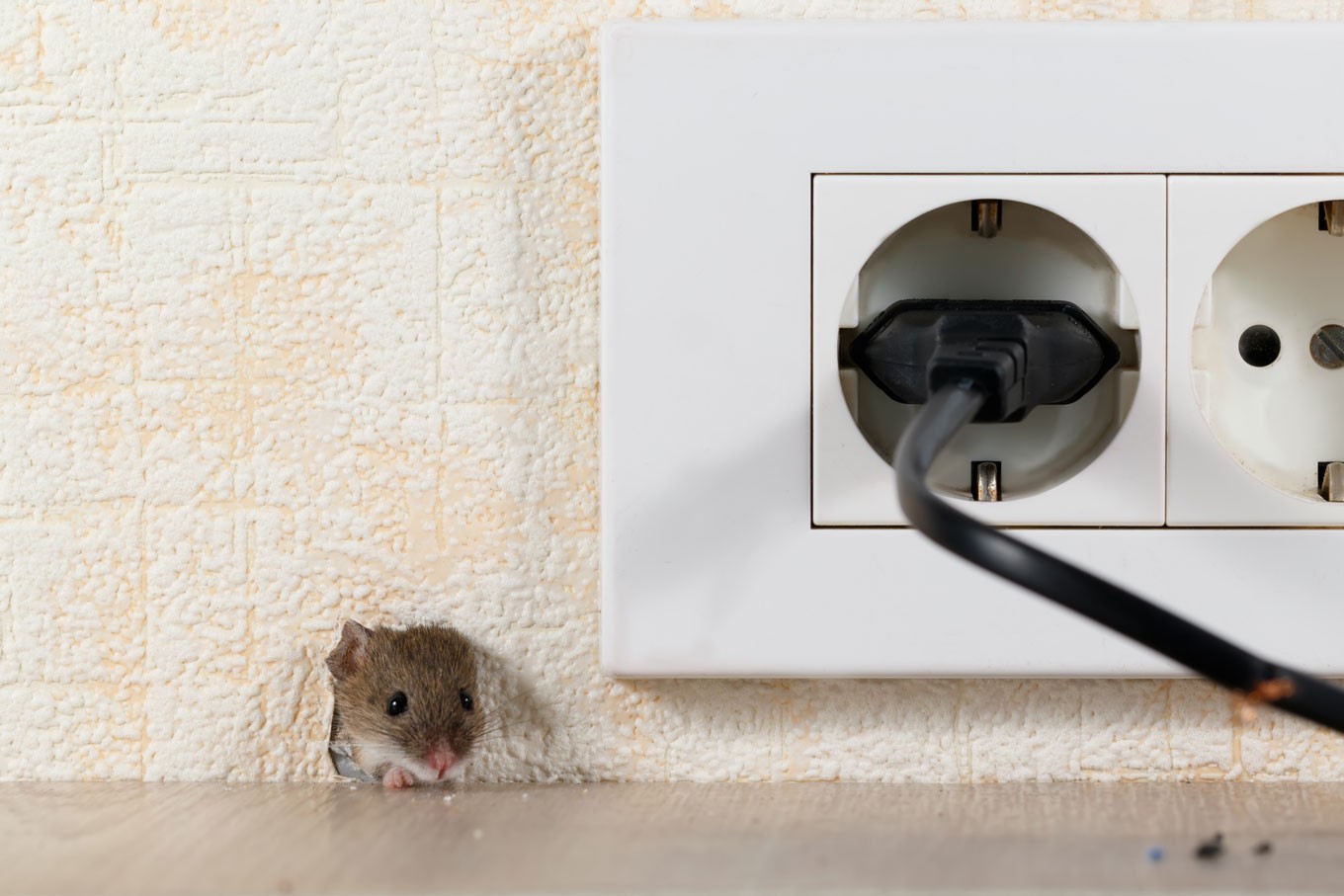Popular Reads
Top Results
Can't find what you're looking for?
View all search resultsPopular Reads
Top Results
Can't find what you're looking for?
View all search resultsThree ways to get rid of rats
Follow these three steps to take control of this pesky pest issue at home.
Change text size
Gift Premium Articles
to Anyone
Rats can be persistent pests that can disrupt a home.
According to kompas.com, there are three types of rats that are common house pests, namely the sewage rat (Rattus norvegicus), house rat or roof rat (Rattus rattus) and house mice (Mus musculus). They are similar in appearance but differ in terms of body size.
Rats are highly adaptable creatures. They can live in places exposed to high radiation, as well as develop immunity to various poisons.
A high reproductive performance means these rodents can multiple very quickly. Within a year, one rat can give birth up to five times, with six to 10 children per pregnancy. At three months old, the rat can already reproduce.
Rats can also carry diseases, such as leptospirosis, diarrhea, fever and food poisoning. Rats were also known to have spread the Bubonic plague, also known as the Great Plague, which killed millions in medieval Europe. Moreover, germs from rat droppings can also spread and stick to foods at home.
Therefore, be sure to always maintain a clean house, especially in the kitchen and back yard areas. It is important not to miss out simple yet crucial steps, such as storing foods properly and regularly putting out your garbage.
Follow these three steps to take control of this pesky pest issue at home, as compiled by kompas.com.
1. Keeping pets that prey on rats
In the countryside, it is relatively easy to find rat predators, such as cats, weasels, owls and snakes.
Of course, in densely populated urban areas, the most plausible predatory animal to keep in the house is a cat.
Read also: Rats break into ATM, munch through $18,000 in cash
2. Using ammonia to repel rats
Rats cannot stand the smell of ammonia, as the chemical is usually found in the urine of its predators.
At the smell of ammonia, rats will assume that there is a predator in the vicinity.
Taking advantage of this, mix two spoonfuls of detergent and water and place it in an open container.
Place the container where rats often come across, such as underneath wardrobes, tables and the bed, being careful not to put it in places easy to reach by children and pets.
Notably, the strategy can only be done temporarily, as with time, the rats would eventually realize that the ammonia they smell is not from predators and subsequently return.
Alternatively, substitutes for ammonia could include peppermint oil, pepper, cayenne pepper or cloves.
3. Using steel wool to block entrance holes
With rats being highly adaptable, the two aforementioned approaches could eventually fail. Subsequently, closing their points of entry into your house could be an effective solution to stopping rats from invading.
As rats can enter the house through very small holes, so look carefully to find the possible entry points and block them using steel wool.
The material is commonly used to clean furniture and is therefore easy to find. Rats will find it difficult to penetrate steel wool using their teeth.
Additionally, you can also install mouse traps by their entry points. (liz/kes)











